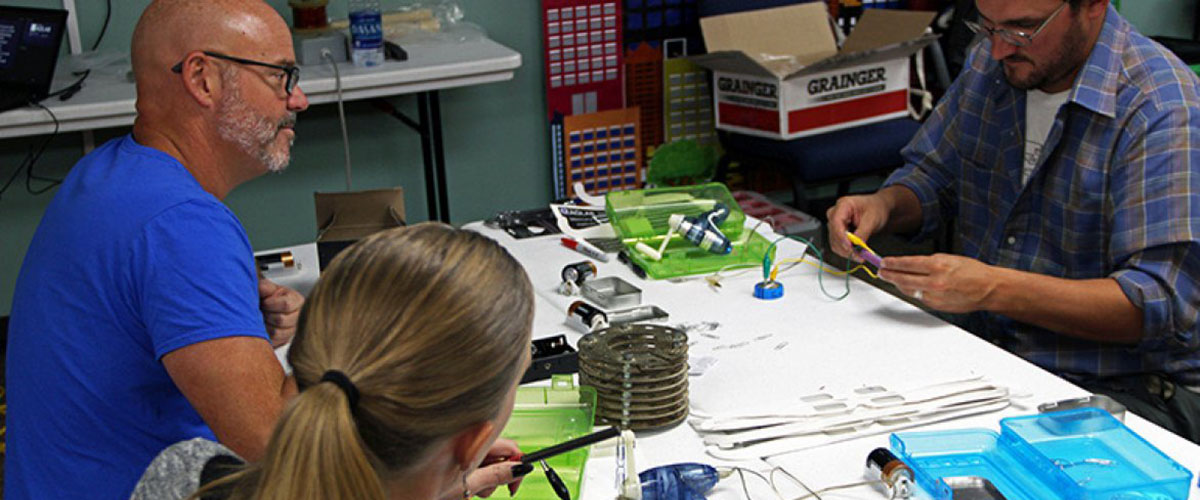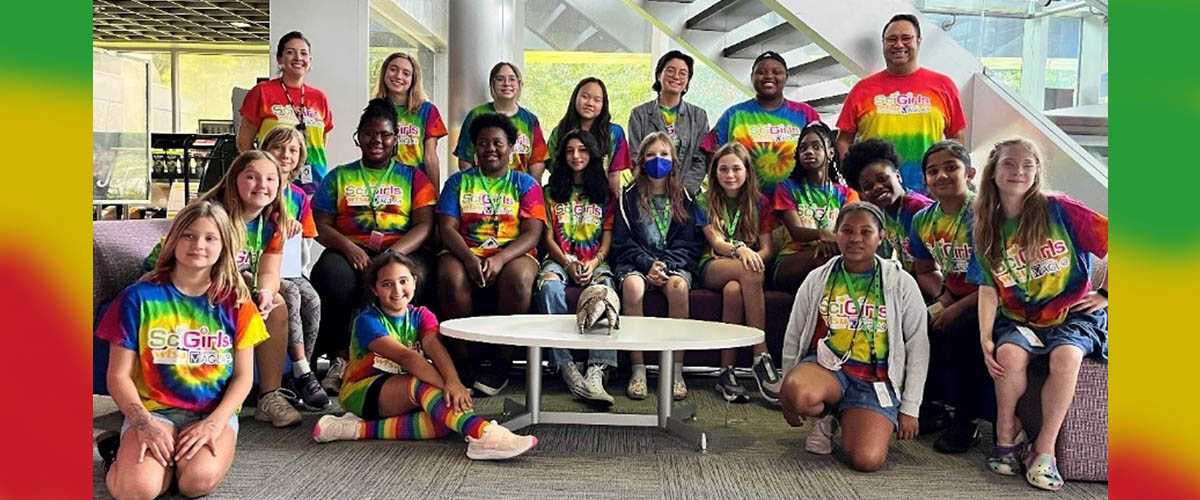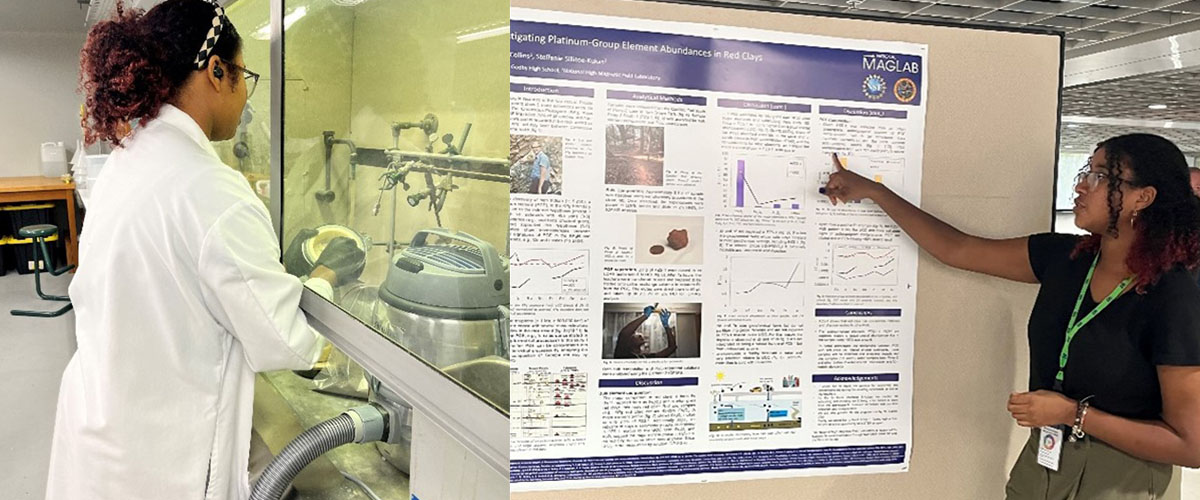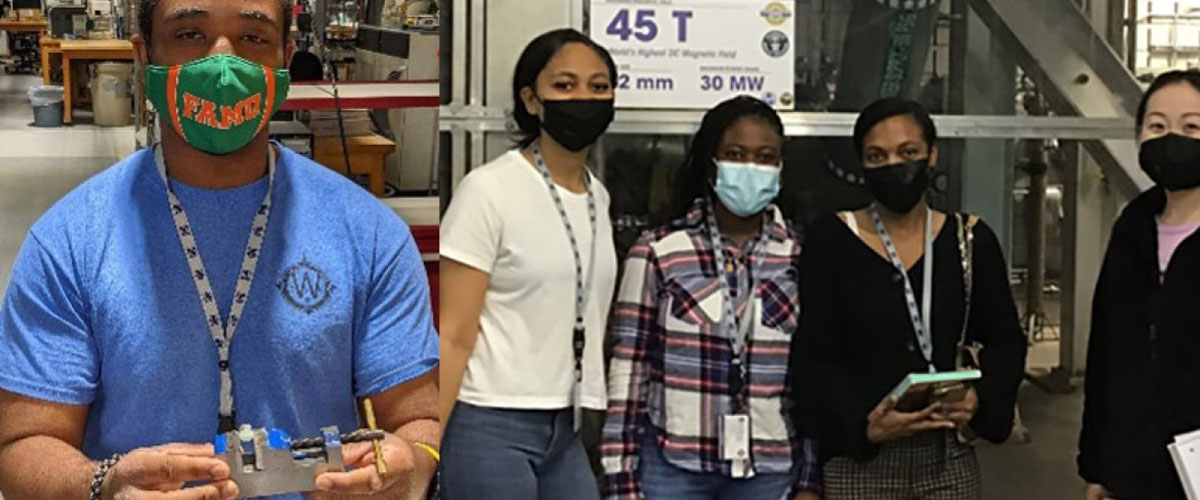The National MagLab is a leader not only in magnet technology and research, but also in informal science education. Members of the MagLab's Center for Integrating Research and Learning (CIRL), located at the lab's headquarters in Tallahassee, Fla., regularly host events for K-12 teachers to instruct them how to use MagLab-developed lesson plans and kits in their classrooms.
MagLab educators recently created a teacher workshop and outreach kit specific to the research conducted at the lab's Pulsed Field Facility at Los Alamos National Laboratory (LANL) in New Mexico. The curriculum focuses on pulsed magnet science and nuclear magnetic resonance (NMR) research techniques and translates them into elementary school level activities. The kit is available to teachers in the Los Alamos and Santa Fe area as well as to LANL staff.
In October 2018, 20 Santa Fe and Los Alamos area teachers participated in a training workshop with CIRL educators. Typically, elementary school teachers reach 30 students per year and middle and high school teachers reach 100 students per year. Therefore, this one workshop could impact over 1,000 students, broadening their understanding of magnet science. Because LANL is not open to school groups, it's particularly useful for teachers to know how to explain the science performed there to area students.
Workshop topics included electricity, circuits, pulsed magnets, spectra and NMR. Teachers also learned how MagLab scientists use these concepts to study materials, energy and life.
Funding
This research was funded by the following grants: G.S. Boebinger (NSF DMR-1157490, NSF DMR-1644779)
For more information, contact Roxanne Hughes.






